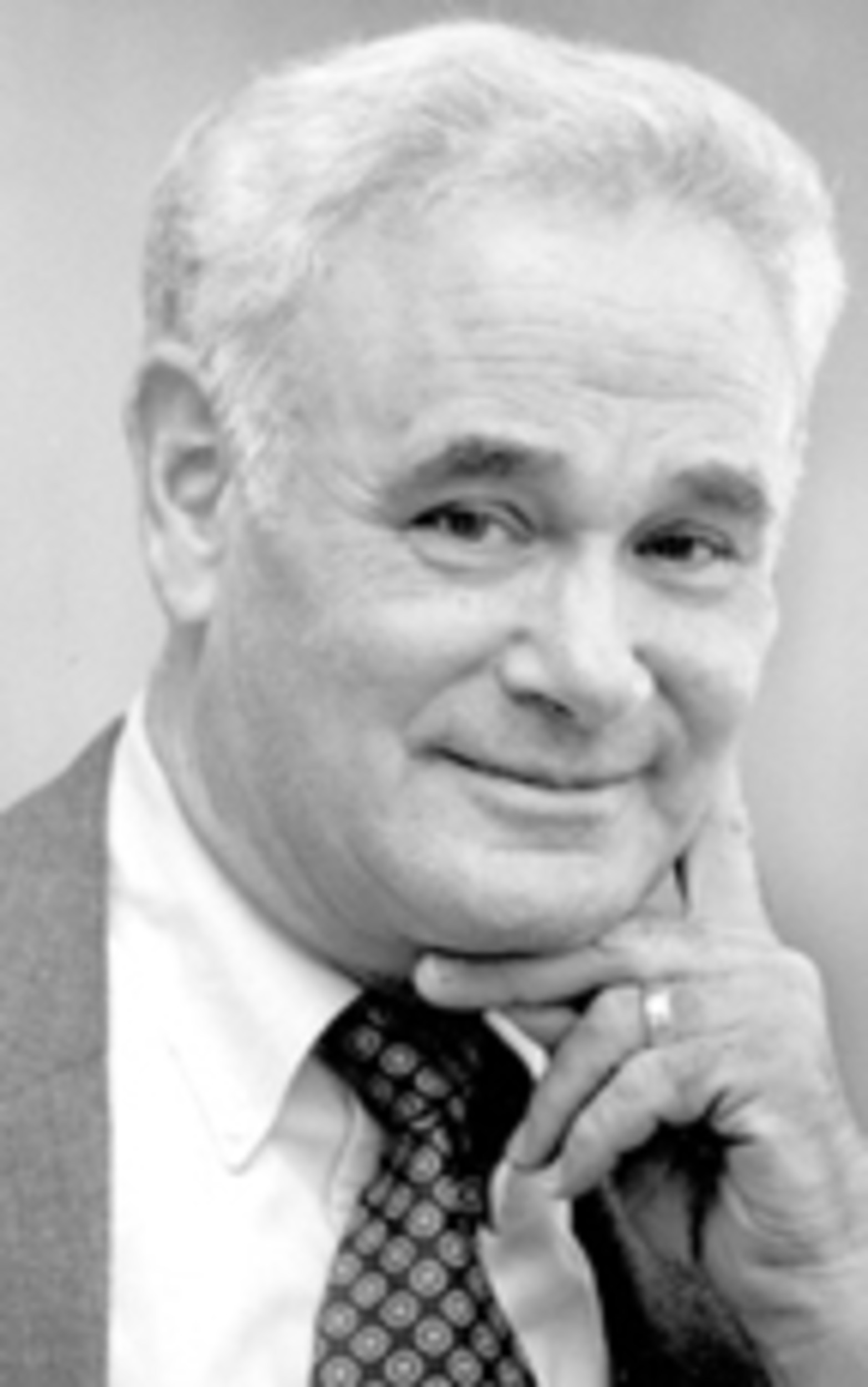‘The Girl with Four Last Names’
“The Girl with Four Last Names” is the title of an essay written last spring by Sophie Schaerf in fulfillment of an assignment in her seventh-grade class in American history at Barrington Middle School: Interview a person who was involved in a war or conflict involving the United States. Sophie chose to interview her grandfather’s cousin, Dr. Sophie Turner Zaretsky, who managed to survive the Holocaust.
Dr. Sophie Turner Zaretsky began her life in Lvov, Poland, on Sept. 2, 1937, with the name Selma Schwarzwald. Schaerf writes that her grandfather’s cousin “remembers very little from before the war, because she was so young when it first began, but she would never forget the feeling of being in her grandmother’s kitchen, and how much her grandmother spoiled her because she was the first grandchild.”
On Sept. 2, 1939, the day after the Nazis invaded Poland, Selma turned two. By 1941, the Nazis had advanced to Lvov and forced the Jewish population into a ghetto. Zaretsky “has distinct memories of the ghetto getting smaller and smaller as more people were taken to concentration camps. But above all, the worst part of her stay in the ghetto was when her father was taken, and didn’t come back … her ‘worst memory.’ ”
Selma’s father was taken by the Nazis on the night of Sept. 1, 1942. Shortly thereafter, she and her mother, Laura, managed to escape the ghetto. They threw away the yellow stars that identified them as Jews and assumed the identities of church-going Polish Catholics. Selma Schwarzwald became Zofia Tymejko.
Their new names, along with the fact that the two of them “looked Polish,” enabled mother and daughter to stay alive in the midst of Nazi occupiers who would have murdered them on the spot if they discovered that they were Jews.
Looking back on those war years, when both she and her mother had to live false lives in order to survive, Dr. Zaretsky to this very day expresses great admiration for her mother, whose strength and bravery kept them out of harm’s way.
In addition to providing the two of them with food, clothing and shelter, her mother – ignored by the Nazis as just another faceless Polish woman – managed to provide valuable intelligence to the underground resistance.
In 1948, the two Tymejkos made their way to England, where, at age 11, Zofia at last learned of her long-buried identity as a Jew. Her new identity led to yet another change of name: “The name Zofia was easily changed to Sophie, and her mother put her finger in a phone book and the name it landed on was Turner. So with her new name, Sophie Turner, Sophie went to high school and medical school in England and was able to earn a medical degree.”
Dr. Turner moved to Manhattan in 1963, where she has resided ever since. When she married David Zaretsky, she took on yet another last name – her fourth. In time, she became the mother of Jeffrey and Daniel, and eventually the grandmother of Jeffrey’s children, Emily and Jack.
Schaerf reports that her grandfather’s cousin fully understood the unique difficulties faced by the children of Holocaust survivors: “She … says that the experience may have affected the way that she parented her children because, as much as she tried to avoid it, she thinks her anxiety rubbed off on her children.”
I don’t know who impresses me more, the girl with the four last names (and three first names) or the girl who told her story. Sophie Schaerf, who celebrated her Bat Mitzvah at Temple Habonim, in Barrington, last May, has written about her grandfather’s cousin with extraordinary sensitivity and grace; it is hard to believe she was only a seventh-grader when she wrote it.
It seems to me that there is a certain poetic symmetry in the fact that the young writer and her elderly relative share the same first name. As the young Sophie puts it, “I used to think of her as the nice cousin who sent me gifts with my name on it and had the same name as me, but now I think of her as a strong and inspirational woman.”
JAMES B. ROSEBERG is rabbi emeritus at Temple Habonim, in Barrington. Contact him at rabbiemeritus@templehabonim.org.








